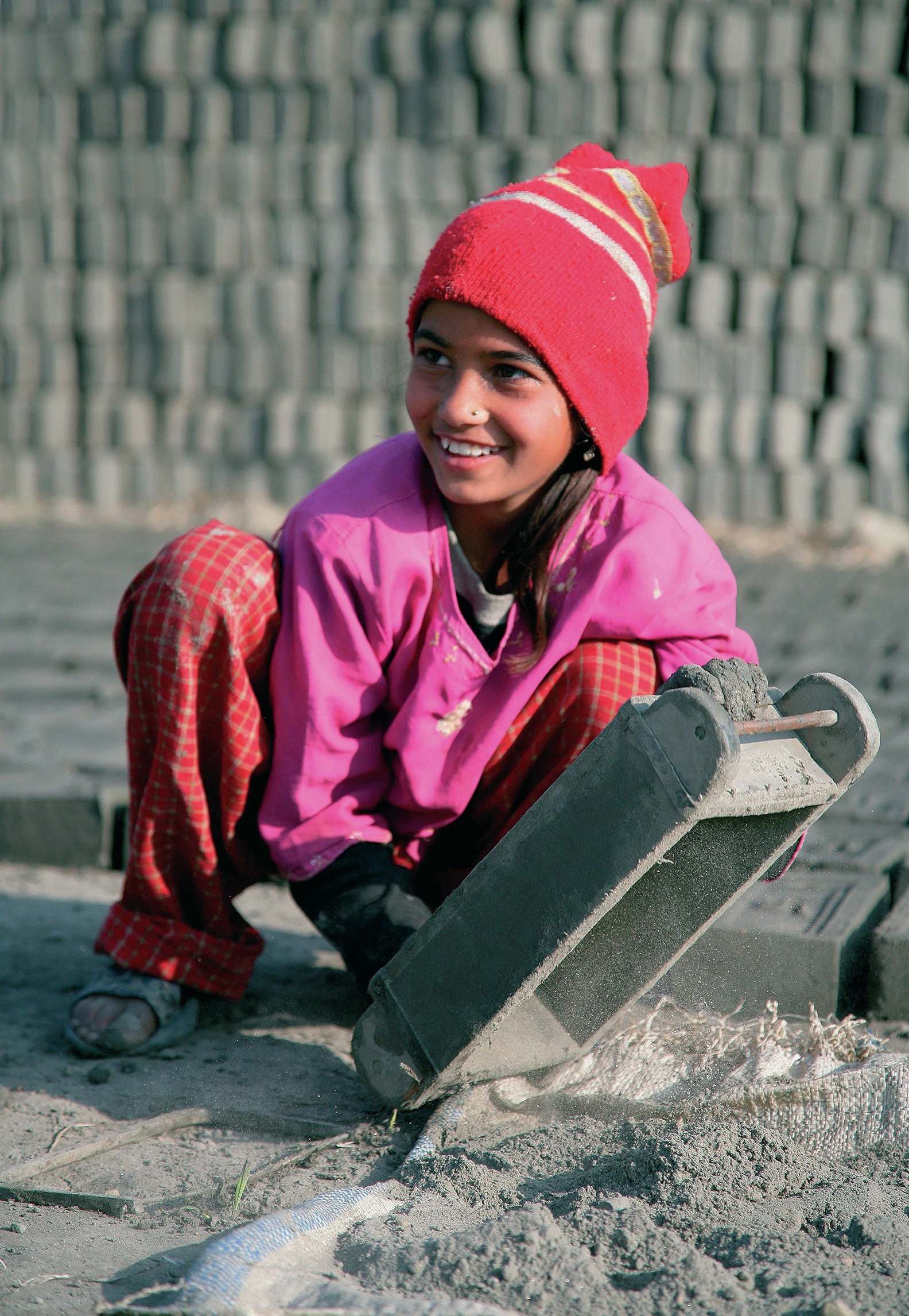
Nepal is a low-income country nestled in the Himalayan mountain range between India and China (Figure 1). It is one of the poorest countries in the world and has a Human Development Index (HDI) of 0.458, giving it a rank of 157 out of 187 countries, according to the United Nations Development Programme. Nepal has a population of approximately 27 million and is experiencing rapid urbanisation.
The majority of people living in rural Nepal are subsistence farmers cultivating rice on steep terraces carved into the mountainside. Their plots of land are usually smaller than a hectare, meaning that they are extremely vulnerable to crop failure caused by natural disasters, such as flooding or landslides. In high-altitude areas of this mountainous country only potatoes and cabbages can be grown. This type of farming is incredibly hard work and produces a small income for farmers only if they can grow surplus crops to sell at local markets.
Your organisation does not have access to this article.
Sign up today to give your students the edge they need to achieve their best grades with subject expertise
Subscribe




